Until she went to college to study fine art, Ailish Henderson had never picked up a needle. No amount of encouragement from her mother who sewed quite a bit could persuade her to do so. Ailish preferred fine art techniques, especially related to drawing and painting.
But after entering college, she felt something was missing. And that something was textiles. Ailish enrolled in a textile course where she ultimately discovered ways to use her sketches to inform textile art that combined drawing, painting, collage and stitch. She never looked back.
After a decade of developing her practice, Ailish hosted her first solo exhibition in 2016. Currently, she teaches lectures and serves as Editor-in-chief for the Mr X Stitch embroidery and needlecraft website. She has also launched her own line of printed textiles available for purchase.
This article showcases both the techniques and inspiration that led Ailish to adopt her “sketch-to-stitch” process to create thought-provoking images. You will also be introduced to Ailish’s process for transferring her hand-designed art to digital fabric designs.
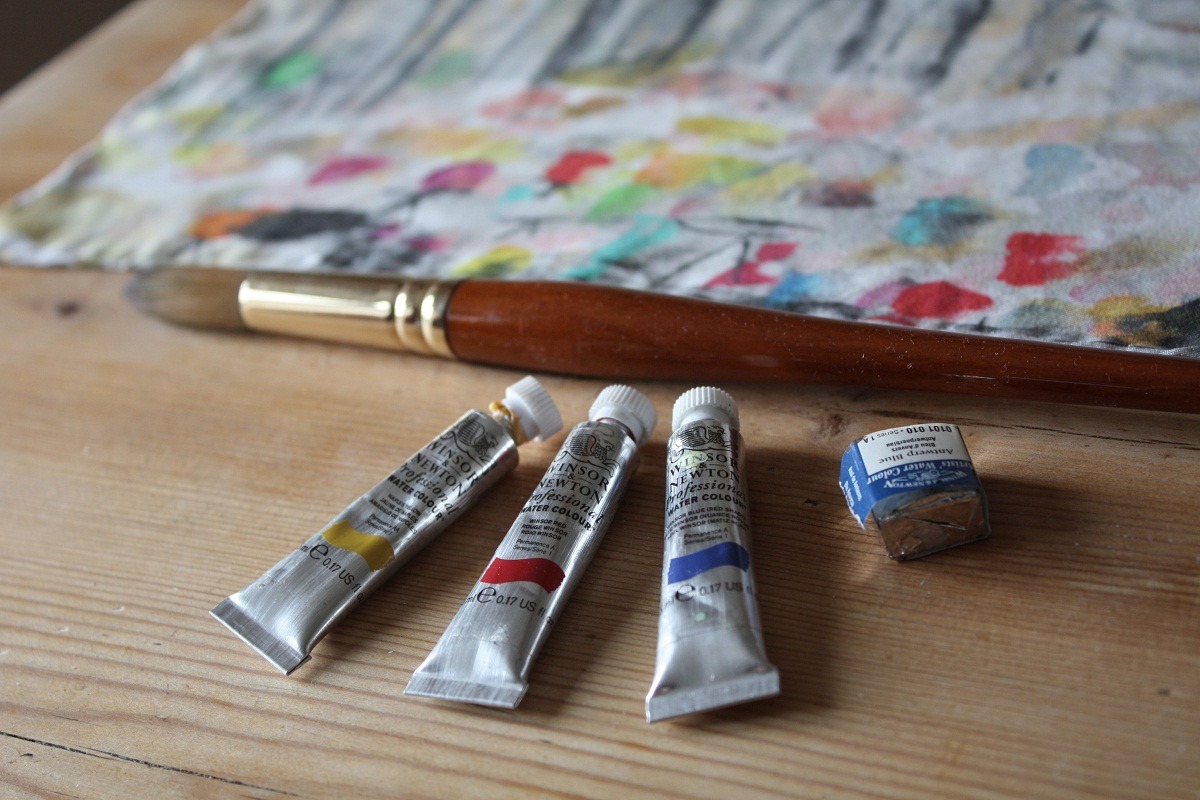
Perfecting a “sketch-to-stitch” technique
TextileArtist.org: What initially attracted you to textiles as a medium? How was your imagination captured?
Ailish Henderson: I always had a missing piece which turned out to be textiles. Up until I went to college to study fine art, I had never picked up a needle. One day a textiles tutor happened to be covering my fine art class. From that moment I was hooked.
I had historically thought of textiles as a patience-driven craft. Yet Julia’s subtle vision sparked something inside of me. She showed me techniques that included fabric but were less taxing on the embroidery side. She revealed what textiles could be, and her patience and insight are something for which I will be ever thankful.
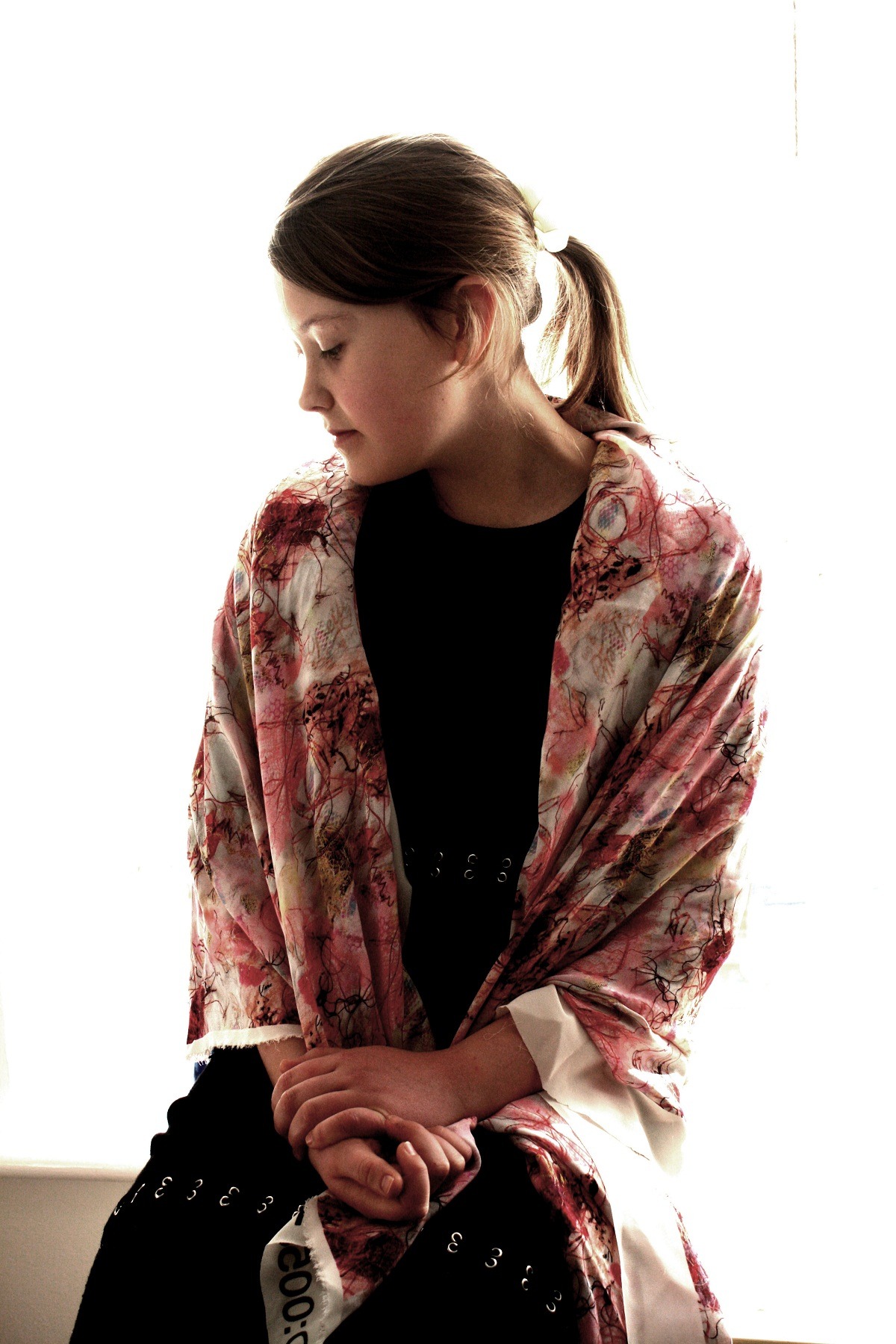
What or who were your early influences and how has your life/upbringing influenced your work?
I was always encouraged to be creative as a child. My Scottish grandmother on my father’s side was a painter, whilst on my mother’s side, there were definite links to dressmaking and textiles.
My mother made her own clothes with Liberty Print, which has since become the brainchild behind my digitally printed fabric collection called You Gave Me Liberty. She was forever trying to get a needle in my hand, and for the right reasons! But I was a determined character and avidly rebelled. I guess the familial link didn’t help.
In my early years, I was definitely inclined toward fine art. Every trip or holiday was padded with sketching time. Over the years, I accumulated a lot of sketchbooks and paintings, which I honestly thought would simply be stored away for sentimental value.
Yet when I discovered textiles in college, I suddenly looked at Fine Art with new eyes. How could I translate my sketchbook and painting skills into a tactile form? So my textile methods reflect that “from-sketch-to-stitch” concept.
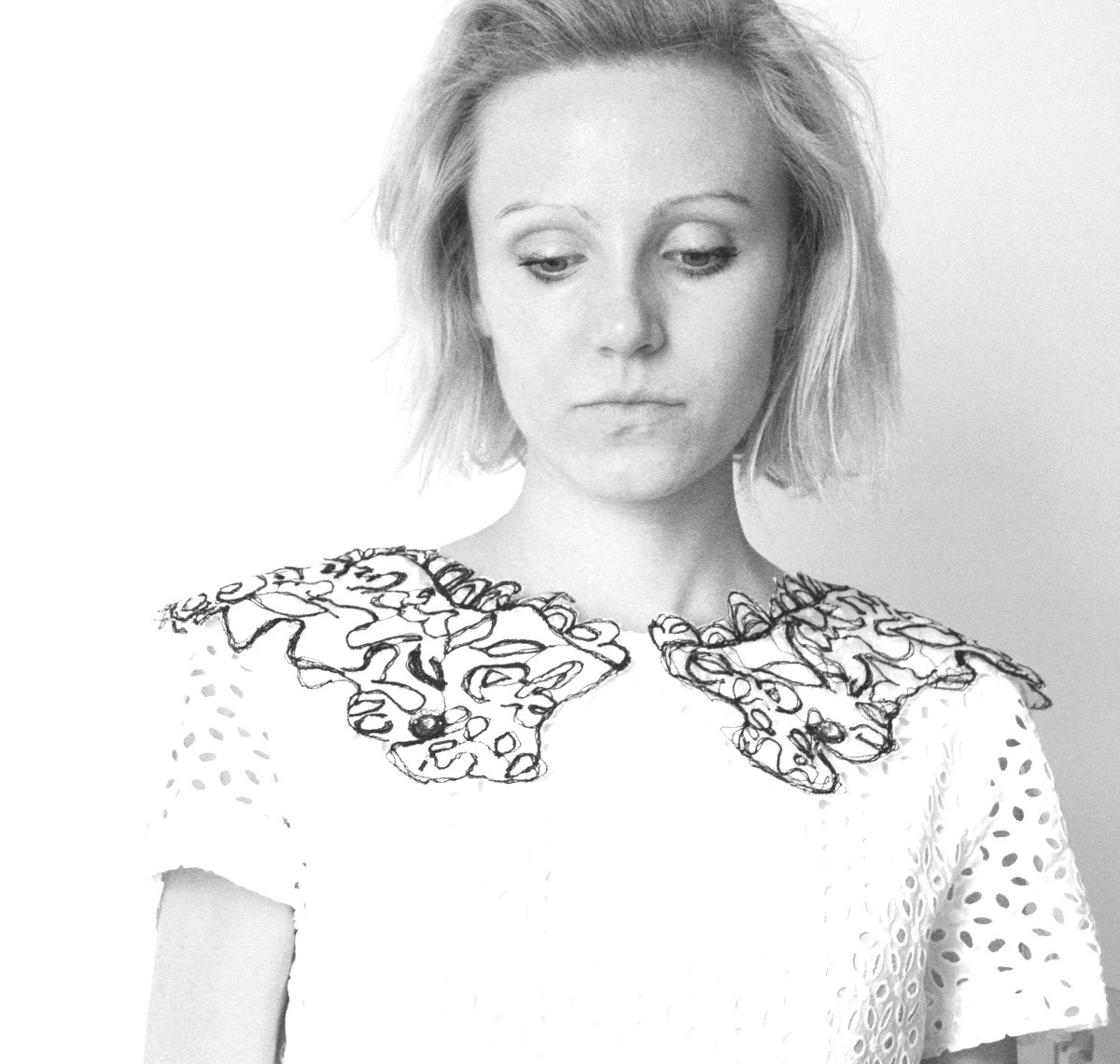
What was your route to becoming an artist?
Art has always been an integral part of my being. I didn’t aspire to become an artist. I just was. There was never that moment some have experienced when they feel they have gone from being an amateur crafter to being an artist.
When I left college after first studying fine art and then textiles, I felt lost. I remember panicking “where do I go from here?”
I ended up doing my City and Guilds Level 3 with Julia Triston and Tracy Franklin at Stitchbusiness in Durham which was a brilliant learning curve. I learned many textile and art-related skills, some of which I now teach!
After graduating, I felt stronger and more focused. I knew deep within myself that textile art was something I had to pursue. I just had to make it work!
I began getting myself involved in teaching and lecturing to groups, such as branches of The Embroiderers’ Guild. The Knit and Stitch shows also took me on to provide classes, which again opened up my work vision further.
I then decided I wanted to continue learning and feeding myself with current and contemporary practices to open up my own practice, so I began studying for a BA in Textiles. Although I came into that form of education later than most, my reputation earned through my own practice and teaching worked in tandem with my BA.
I also keep my brain rather busy serving as editor-in-chief for Mr. X Stitch (Online). and I write for “Be Creative with Workbox.”
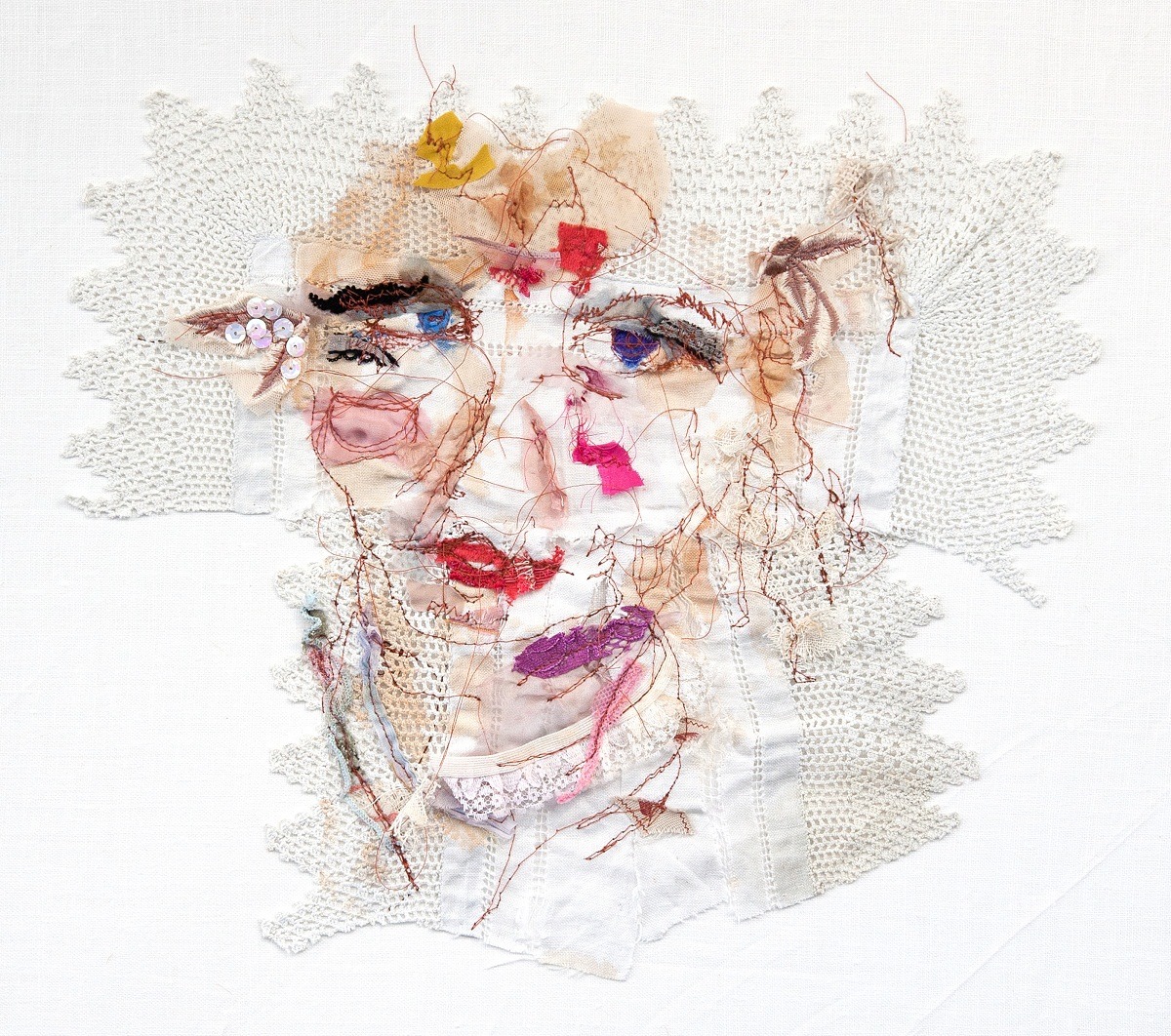
I wear my heart on my sleeve, and this pervades my work and paves my process
Tell us about your process from conception to creation
I preserve a transparency within my practice. I am honest. I tell my story, emotion, and narrative line. I wear my heart on my sleeve, and this pervades my work and paves my process.
I generally begin outside of the textile medium, inspired by a memory, a life experience, even a scar. Unhappy occasions provide as much artistic fuel as happy occasions. In fact, sometimes more so! I’ve also used written pieces of prose to inspire imagery.
These memories and prose are then drawn out into a simple vignette which gradually forms a retold narrative using textiles. I question how those vignettes can become tactile.
Or maybe I will find an old photograph. It intrigues me how outsiders will just see the image for what it is, while I hold the unique knowledge or key behind the photograph. I love using that knowledge to extend the narrative into a stitched piece.
My fabric then becomes my canvas. The type of work I am doing influences my process, but using my self-portraits as an example, I sketch out the basics with pencil on the fabric and even paint certain parts. I am not precious with what type of paints I use, as my self-portraits are not designed to be machine washed. Watercolour paints and gouache are used just as much as my dyes for fabric.
Collage material is then chosen from my stashes. I have many clear boxes filled with personal memorabilia and particles that I hold dear. Here’s a tip: while there are many tempting bright-coloured boxes and tins out there, I never remember what I have in them! So for practical reasons, I now use a wealth of large clear boxes with lids which makes life easier.
All the bits I want to use are collected, chopped, and stitched on the fabric to form the portrait.
Again, I work in a variety of mediums, so that’s just one way I develop my pieces.
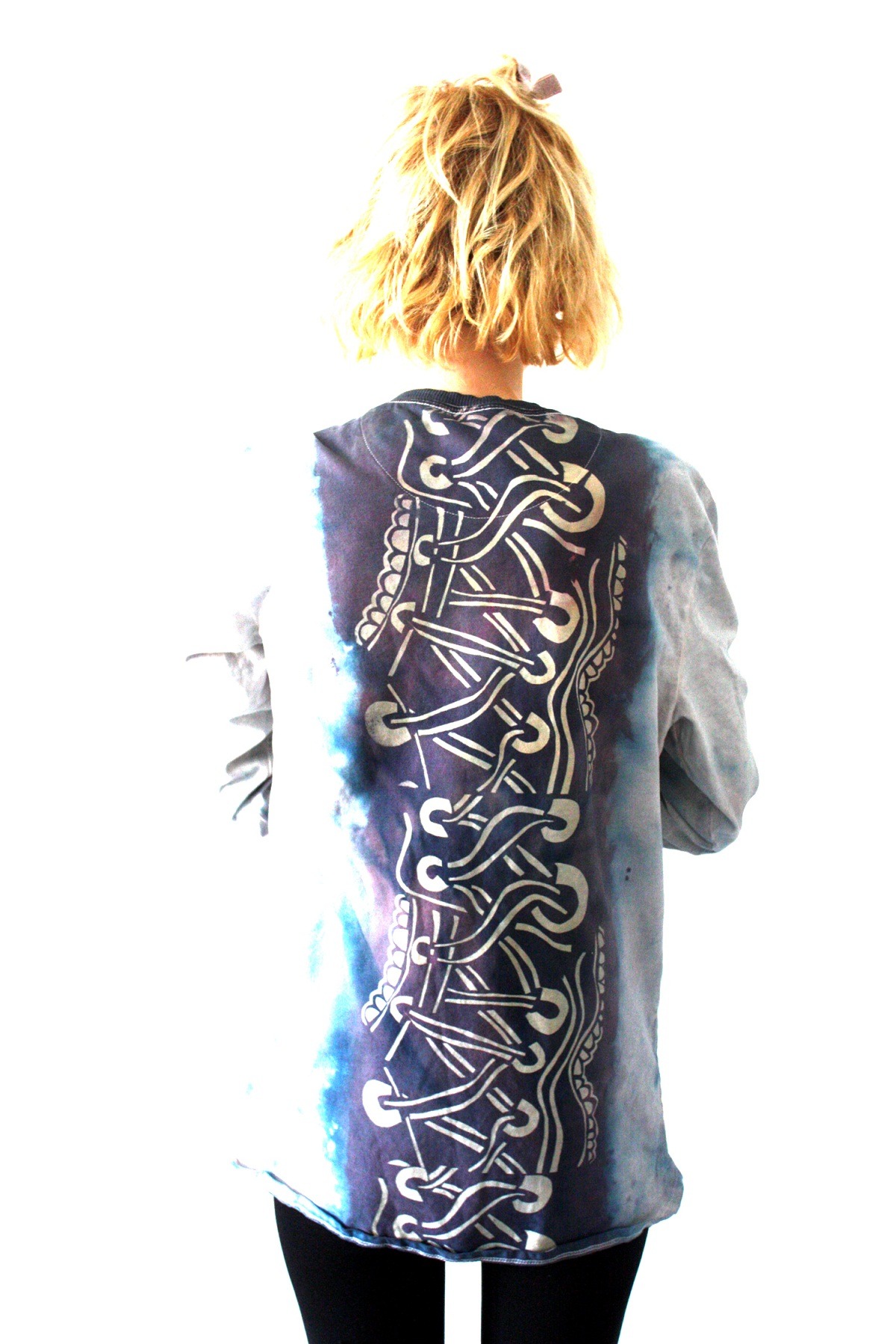
Tell us a bit about your chosen techniques and how you use them
Hand embroidery will always remain my first love compared to machine, although I do love my free machine embroidery foot. I love the honesty hand stitching provides. My hand trail doesn’t have to be intricate, and at times, it may be primitive. Yet I guide its tension and control.
My fine arts origins and printmaking training sometimes come out on fabric. I worked a lot over a few years at Northern Print in Newcastle upon Tyne using copper plate etchings to print onto fabric using all the traditional roller methods.
Screen printing also often finds its way into my work both at my home and professional studios. For example, I began to draw a dress I made a few years ago, having been captured by the pattern within the back lacing. I then hand-cut a stencil based on that pattern and used it with de-colourant paste and dyes to print the pattern repeat onto a garment.
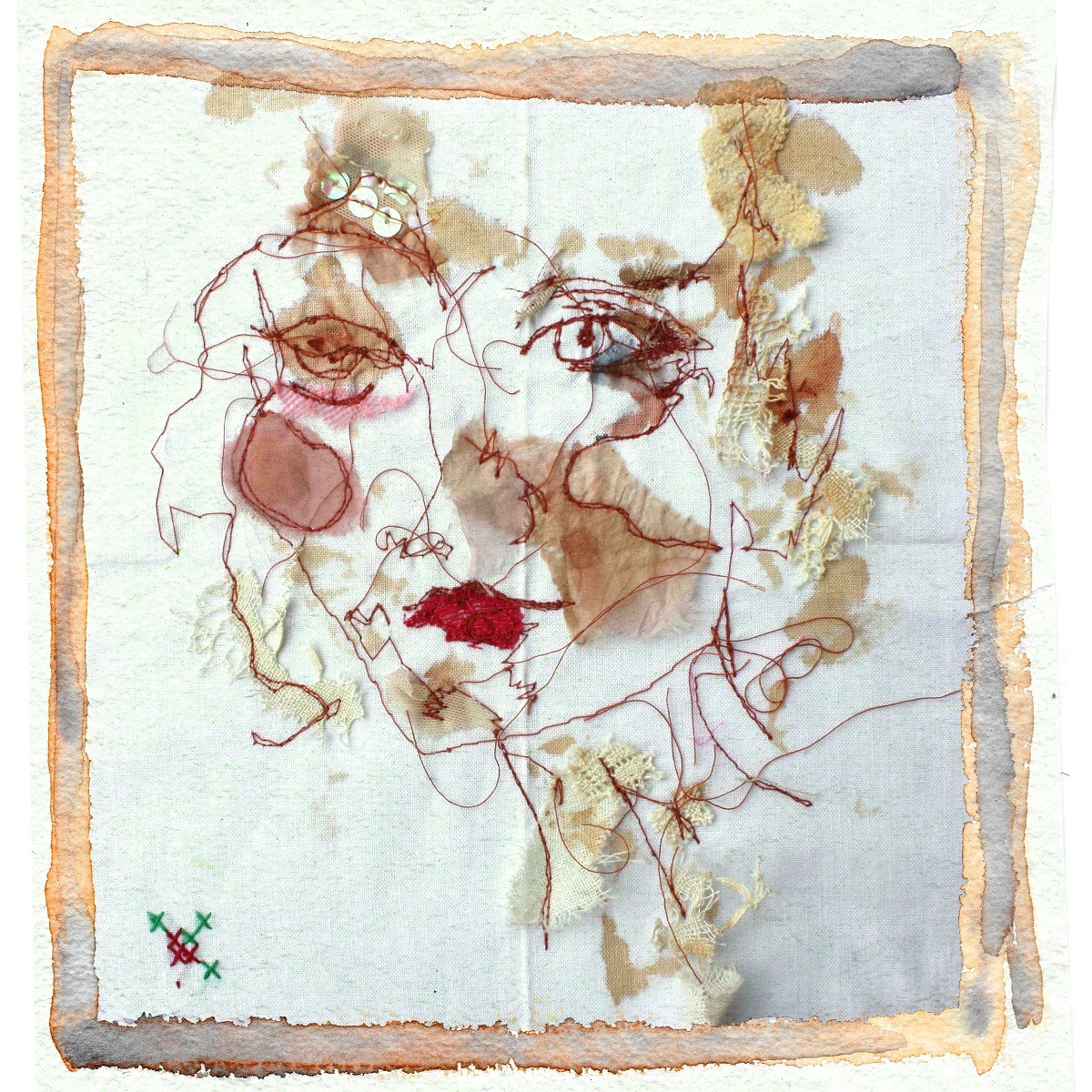
What currently inspires you?
Presently I am studying the concept of “repair.” I want to investigate how we can potentially present our emotional repair in a textile conversation.
I recently discovered the Japanese art of Kintsugi, which literally means “golden repair.” Instead of throwing away broken pottery, a precious metal like gold or silver is used to repair and enhance the broken pieces. The flaws are celebrated rather than trying to make a broken thing perfect.
This has become an inspiration to me. I want to analyze what this practice can mean within the sphere of emotional repair. I wager this will soon transcribe into my textile discipline.
I have also been educating myself in digitally printed textiles. Much of my practice is literally and mentally physical, so it is a time-constrained career.
For this reason, I have been cataloguing my work into a digital computer-based file system. I then use a few computer programs to make the files printable onto fabric, which I then use to make my own line of wearable items, such as scarves and jewellery.
I am a self-taught printmaker, so when I can, I visit my local studios Northern Print to use facilities I cannot build at home. An example would be a printing press needed for etching. I literally run fabric through their press with my etching plate.
I also love screen printing and employing other paper-related techniques to fabric.
But for digitally printed fabrics, I scan a paper print of one of my drawings or paintings into my PC and edit it using Photoshop. I may then keep the design as a single print or create a file which can be used as a repeat, so it can cover a larger surface area.
I then send the file measured to a specific width and length to my favoured printers, Be Fab Be Creative. They’re lovely sisters based in Edinburgh. They then send the printed fabric back to me, which I then hand roll and finish pieces ready to exhibit or sell.
As you can see, there’s a lot behind a finished piece!
I’ve also recently had some rather large fabric pieces printed. I’ve begun pinning them to one of my studio walls, and I do visualise them becoming an exhibited collection one day.
What is my favourite creation from my line of printed wearable items? Definitely, my “Lady-chiefs” which are designed for the modern market where the discerning lady needs a pliant item to work perfectly as a necktie, bag charm, wrist decoration, or even as a pocket square. All I ask is please don’t use it as a hankie. It’s a luxury heirloom item!
I invite you to visit my website www.ailishhenderson.com to see this and other work that is available for purchase, and on occasion, one-off events.
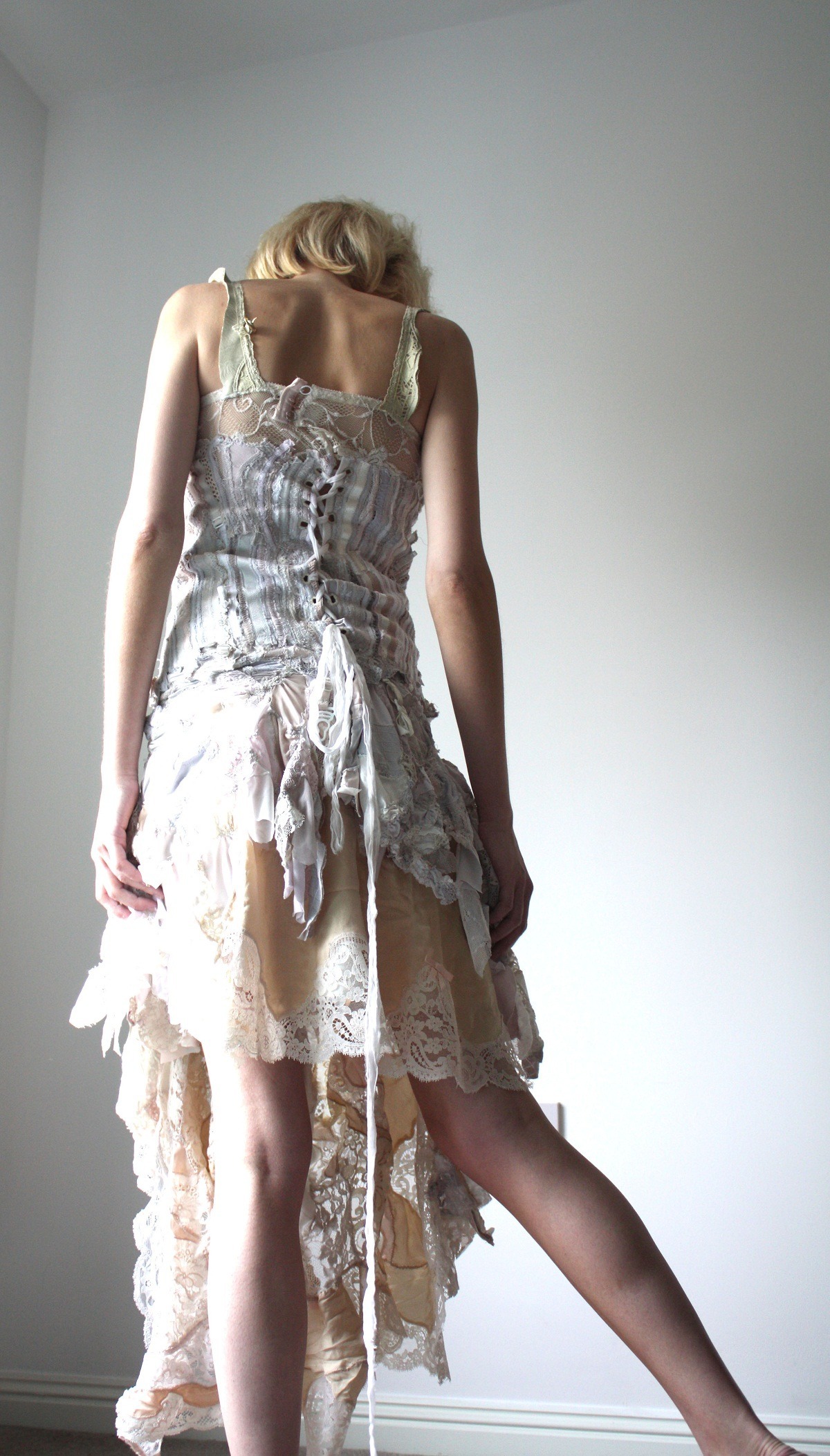
Grandmother’s lingerie and imperfect stitching: a recipe for success
Tell us about a piece of your work that holds particularly fond memories and why?
The self-portrait Pistachio Smiles is inspired by a lone break in Paris. It’s on a base of Irish linen (my homeland) and built with many sentimental precious materials, such as my own clothing. The marriage of the inspiration which founds it and the hand embroidered fibres make it so integral to myself. It has my footprint in a symbolic sense.
And my dress “The people who pieced me together” is another favourite. The neutral colour palette dress was part of a collection that also included a colourful dress designed to work in binary opposition from each other. It marries with my self-penned prose which was used to enlighten the general public at an exhibition level.
Precious and intimate items holding memory value were used to bring the dress to fruition. My 94-year-old grandmother’s lingerie was used in this piece, and she took great delight in pointing out where it was located on the dress when she attended the opening of my solo exhibition in 2016. She is still bright as a button, and I have yet to capture her knitting skills.
I see this body of work as a celebration of life, and the re-use of treasured items was used as a representational building block for the future.
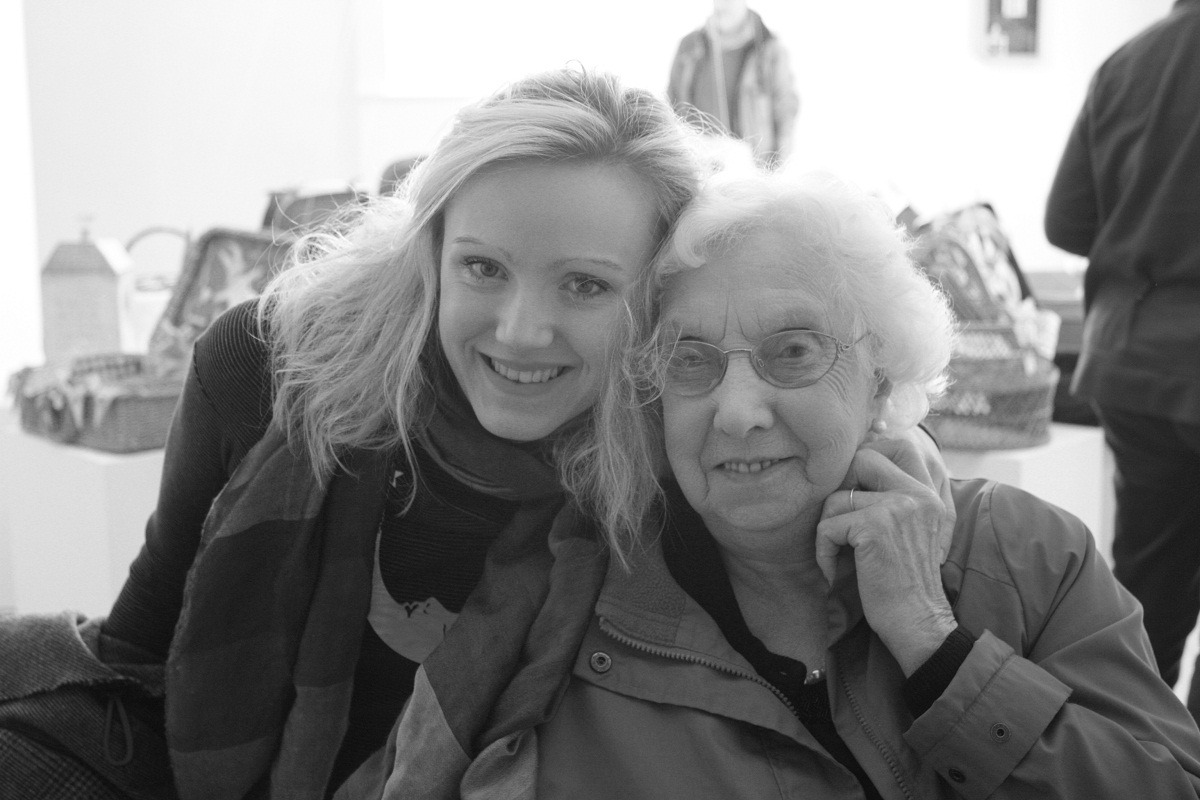
How has your work developed since you began and how do you see it evolving in the future?
My early practice revolved around techniques with as little stitch precision as possible. I worked intuitively and creatively using my fine art brain (and I dare to mention I used a glue gun at times when I didn’t know how to stitch a certain way). As I became practised, my work naturally changed.
My pen is my needle, whether I am stitching by hand or machine. I hope to not only continue with my own practice but also publish a book one day or become ever more involved in writing for textile art publications.
I also envision an exhibition of my digitally-printed collections one day, but we shall just have to wait and see!
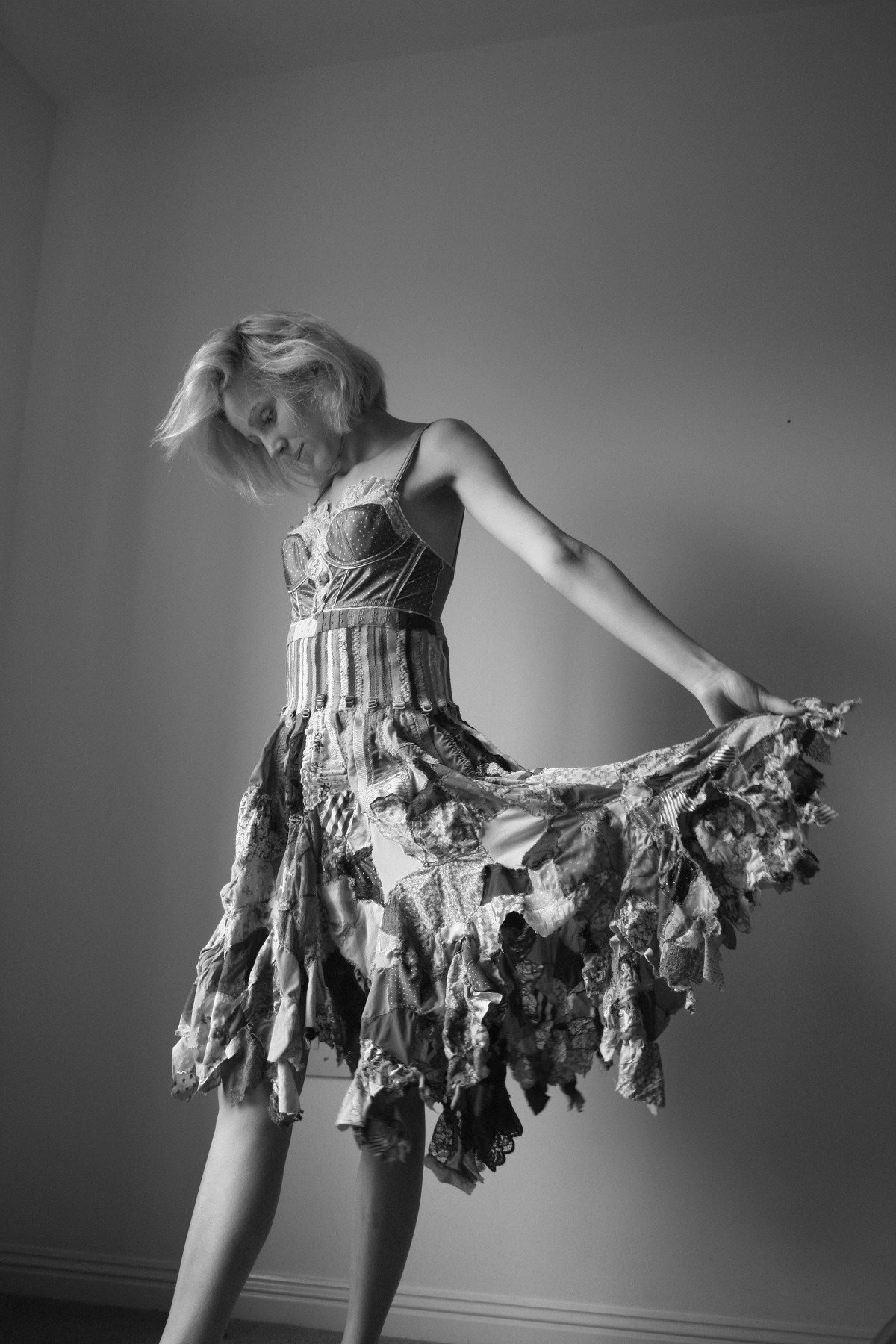
What advice would you give to an aspiring textile artist?
Don’t see textile art as a non-sustainable career option. Learn to think outside of the normal “job” options. If you are struggling to make enough money selling your own art (we are all aware of the clichéd “starving artist” persona), could you instead pull together a dual strategy? For example, perhaps you could earn from teaching a form of textiles in which you have confidence and still try to sell your work. There are many groups who love artists to visit them and give talks, such as textile study groups, The Embroiderers’ Guild and Women’s Institute.
For more information visit www.ailishhenderson.com or watch Ailish discussing her process and creations in Torn Umbrella.
Let us know how you work with sketchbooks to create your textile art. What works best for you? What are some challenges you face? We’d love to learn more about your own textile art journey.
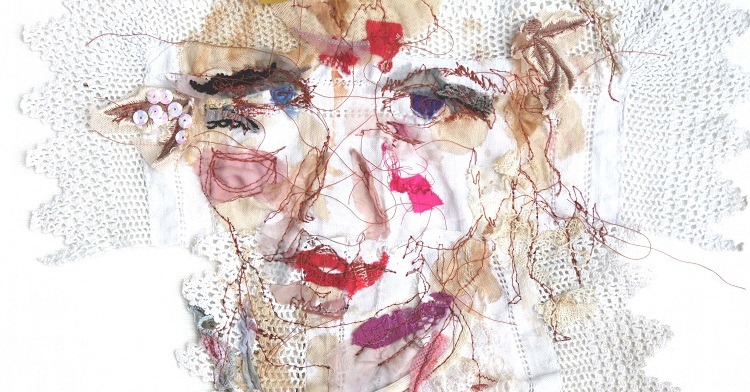
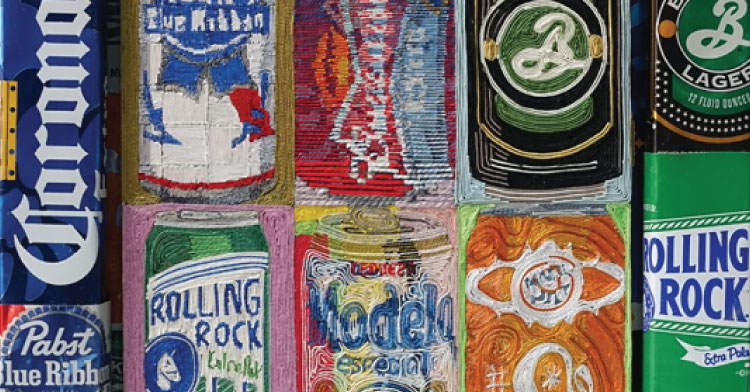
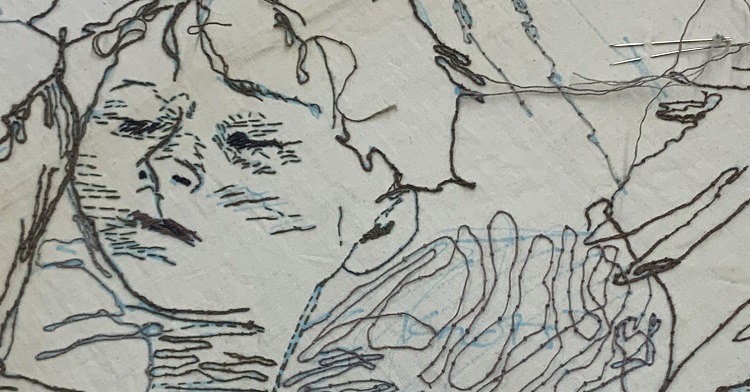
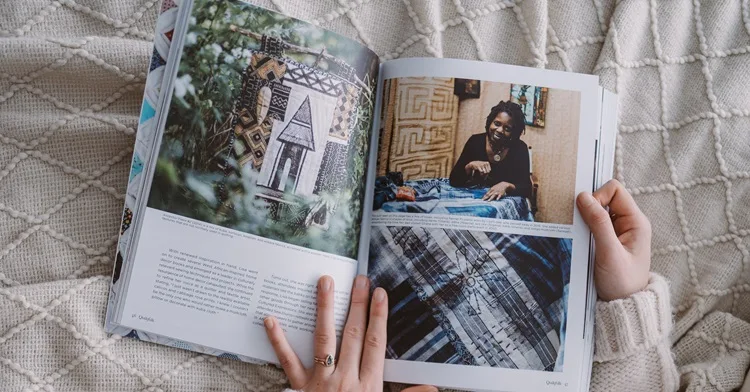
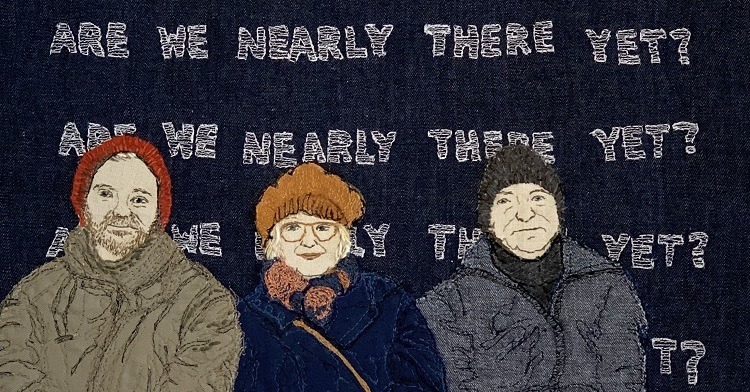
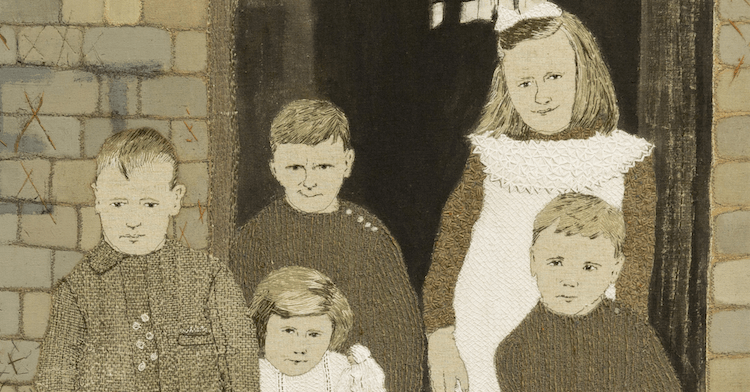
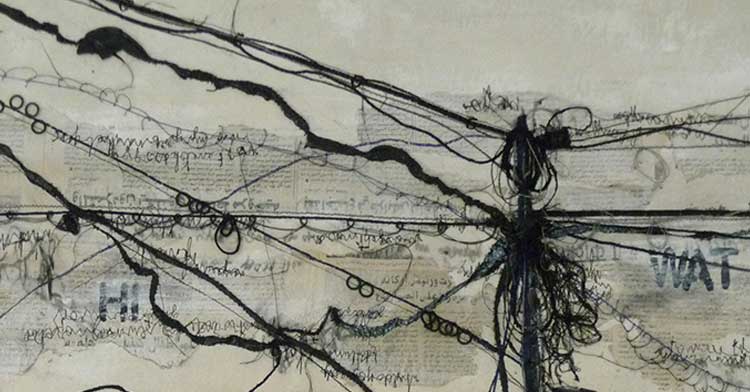

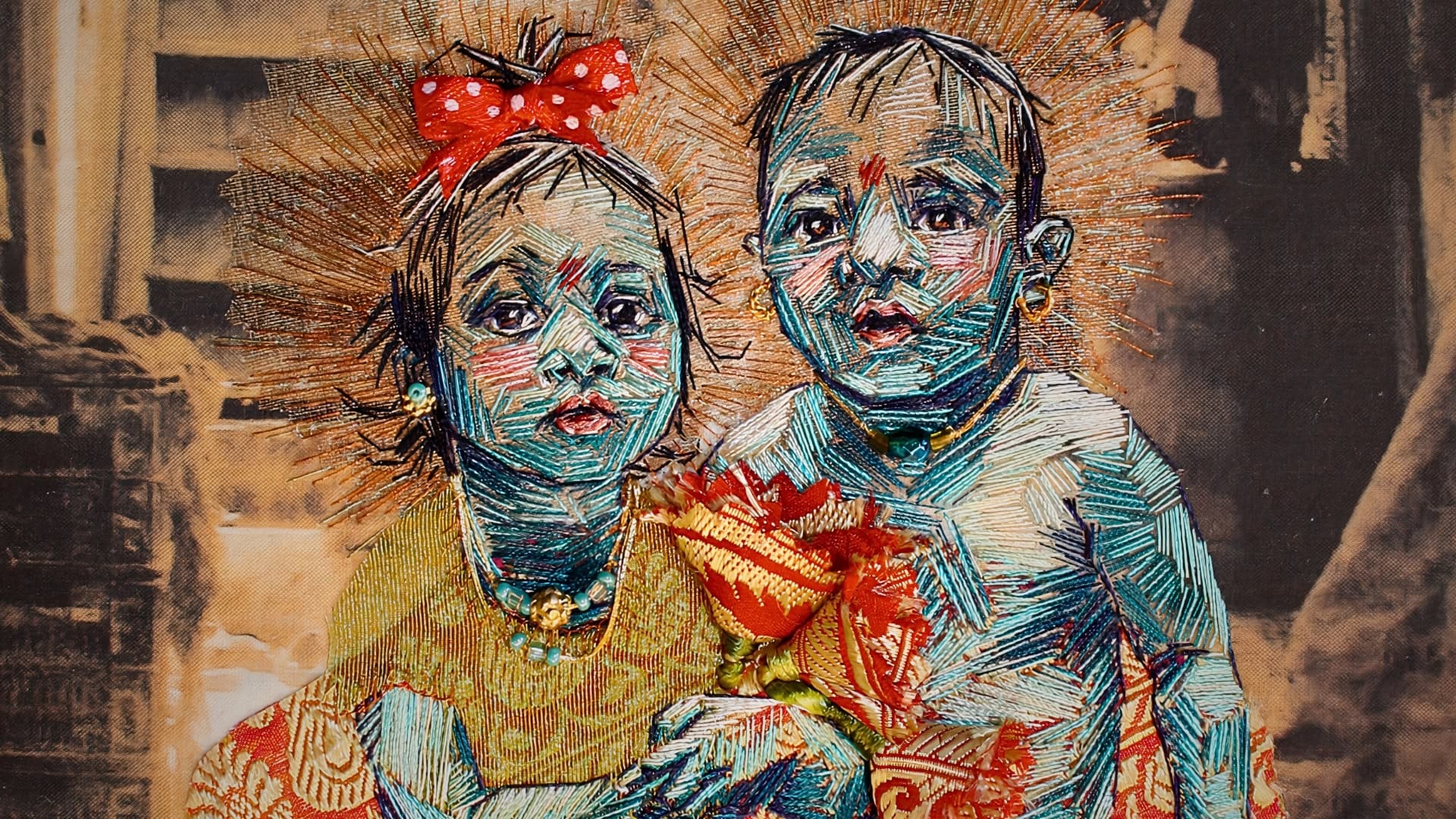
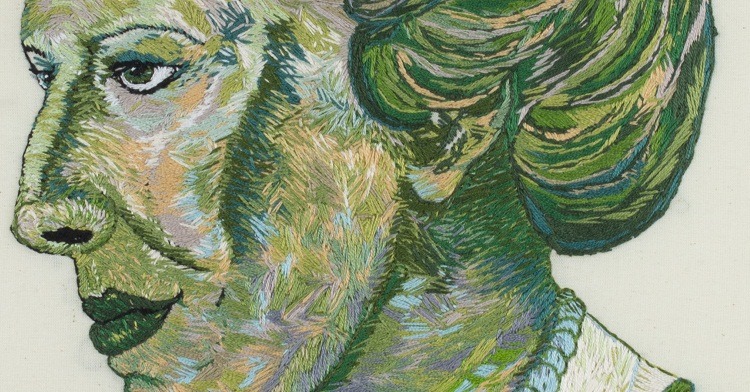
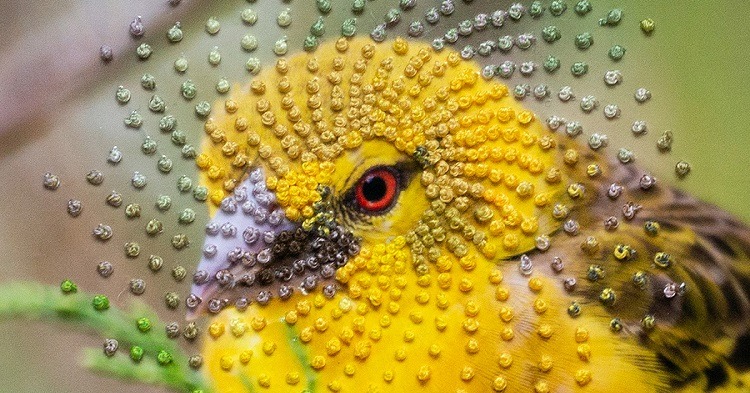
2 comments
Ayesha Ahmed
These techniques can help people in becoming more advance
Rose
I would enjoy receiving the free ebook Make your mark. I hope one day soon in the future to actually stop prograstinating. Many ideas but no structure yet in my head. I guess no peace in my head yet. For now I am wondering about to see where my niche lies.
Many thanks
Kindest regards
Rose van Donk